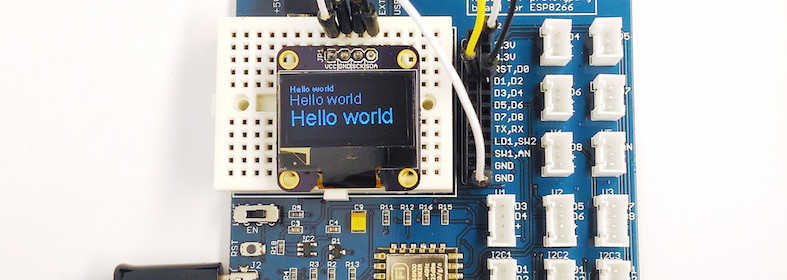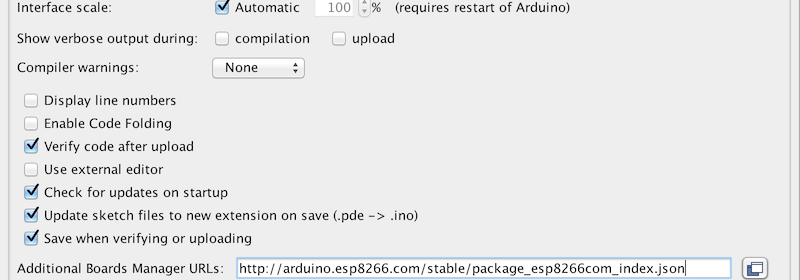Tutorial 3: Connecting an OLED display to ESP8266

Whether you want to show sensor readings, implement a navigational user interface menu, or display diagnostic information during prototyping a project, a graphic OLED display is always a cool add-on to embedded systems. In this tutorial, we will learn how to interface an I2C monochromatic OLED screen to ESP8266 (we will use EasyESP-1 board) using Arduino IDE. The OLED display used in this tutorial is SSD1306-based that can be bought for ~$5 on eBay or Aliexpress. You can also get a similar I2C OLED display with a grove connector from Elecrow for plug-and-play interfacing with the EasyESP-1 board. Buy EasyESP-1 board Hardware Setup
Read more


